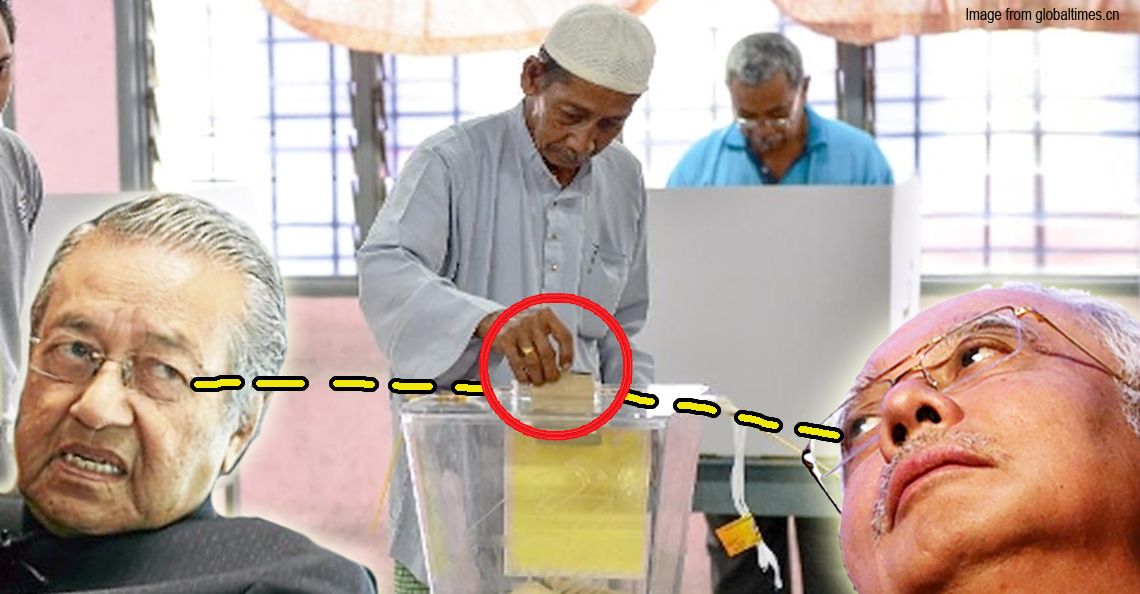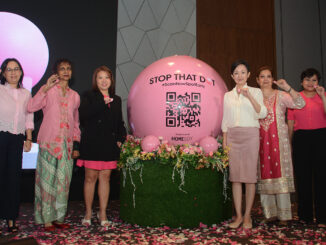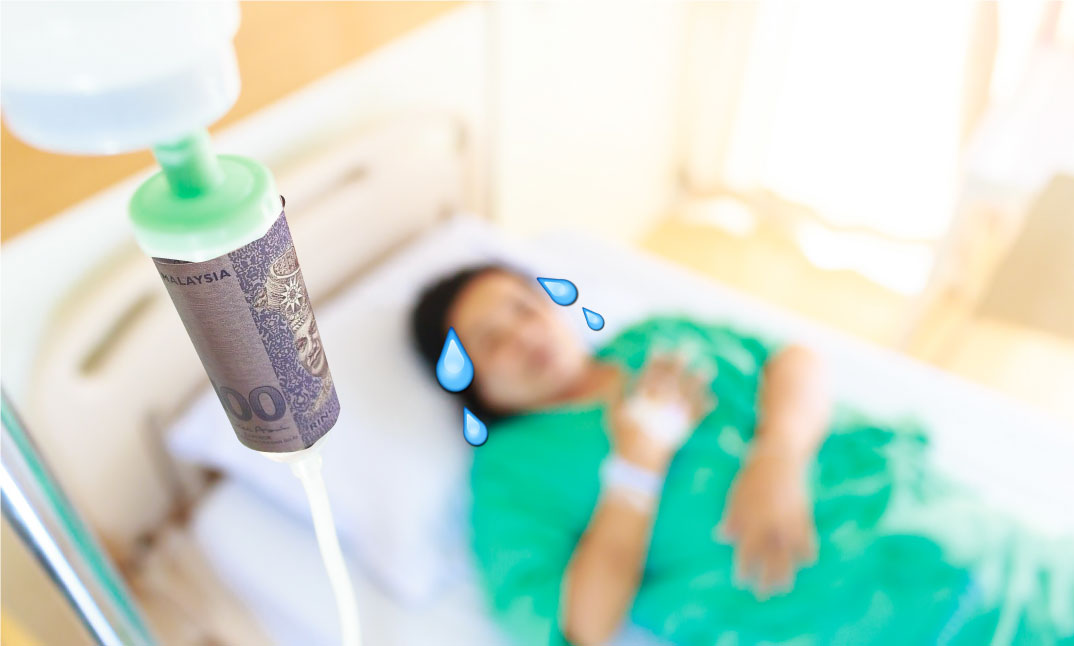Malaysian scientists are “hacking” the immune system to destroy breast cancer. Here’s how
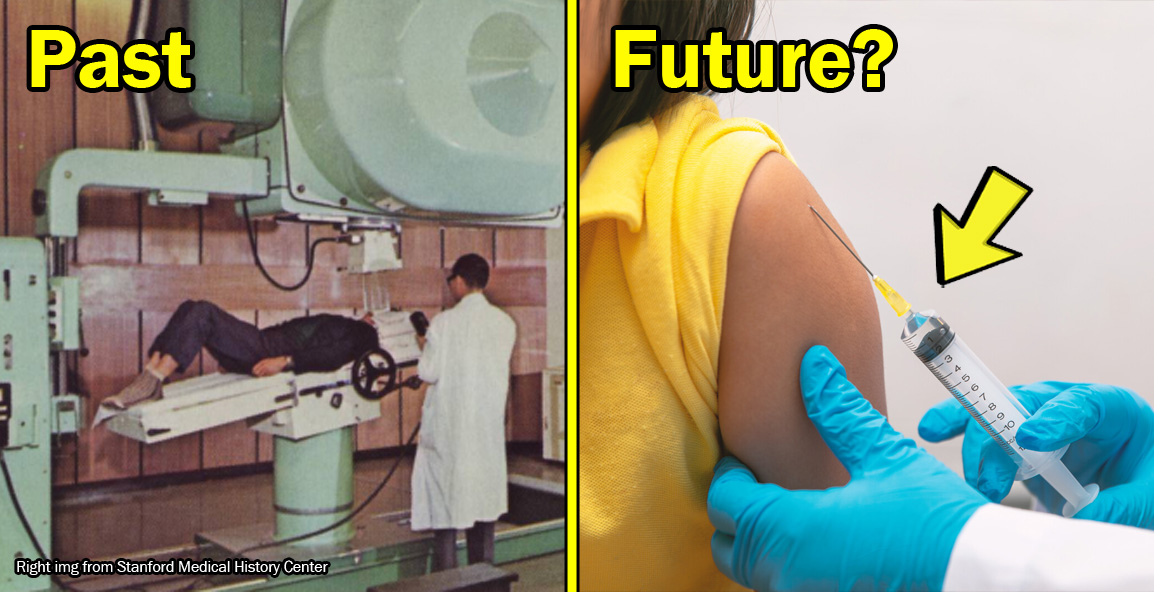
- 2.4KShares
- Facebook2.3K
- Twitter36
- LinkedIn17
- Email23
- WhatsApp86
[Editor’s note: If you like what Cancer Research Malaysia is doing, you can support them through small donations by clicking here]
Sadly, most of us know someone who has fallen victim to cancer. What’s scary about the disease is that it seemingly affects even the healthiest people. Treating it is just as mysterious as getting it, because a treatment that works for one person may do nothing for another.
Over the years, scientists have developed several weapons like chemotherapy or radiation that we can use against it, but there is one silver bullet we often overlook (especially in this part of the world) in our anti-cancer arsenal.
Data.
If cancer is like the bogeyman under your bed, having data on cancer is like having a flashlight: it helps us see whether that shadow at the end of the bed is a slimy tentacle, or just one of your dirty socks. It helps us decide whether to jump out of bed and run, or to go back to sleep. Whether we need to get it treated, or weigh our risks and leave it be.
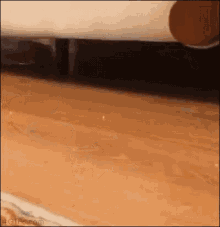
To this end, an independent, non-profit organization called Cancer Research Malaysia has cracked the cancer code, specifically for breast cancer in Asian women. Eh, cancers can be different in Asians meh?
To find out more, we spoke to some researchers from Cancer Research Malaysia, and the first thing we learned was that…
We really didn’t know much about Asian cancers before
Saying ‘Asian cancers‘ might sound weird, but cancer is caused by external factors like your lifestyle and diet, as well as internal factors such as the genes you inherit from your parents.

Essentially, cancer happens when a cell’s genes get corrupted, so to study cancer, it makes sense to study the cancer cells’ genetic data. To do this, cancer researchers will collect cancer samples from various patients, turn their genes into data, and compile them into a cancer database. These data can be compared and analyzed to find out how cancer works.
“By looking at the 3 billion letters in a person’s cancer genome, we can tell what went wrong and this paves the way for choosing the right treatment for the right patient. That’s the essence of precision medicine.” – Professor Datin Paduka Dr Teo Soo Hwang, OBE, Chief Scientific Officer of Cancer Research Malaysia, to Cilisos.
Unfortunately, while Asians make up roughly half of the world’s cancer cases, cancer databases in the past were mostly built using samples from Caucasians, with very little data coming from the Asian population. Less than 5%, to be more specific.
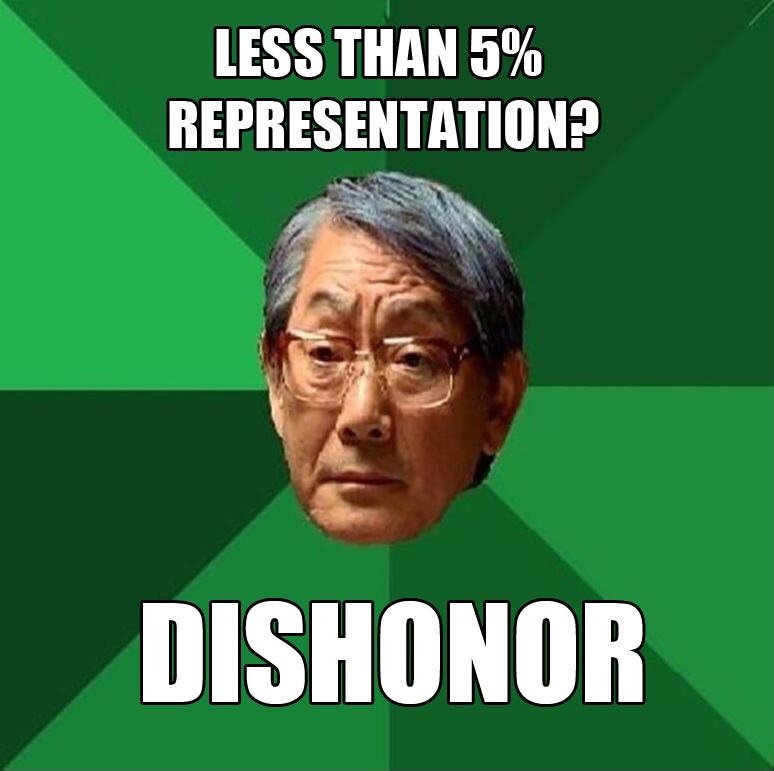
This means that we’ve been handling the majority of the world’s cancer cases using methods designed for angmohs. Now, what happens if you try to pay your local mamak with US dollars? Most of the time, the mamak will sure reject it wan. Similarly, a cancer treatment that works for an American might not work for a Malaysian. Considering that treatments will also come with its fair share of risks, having an Asian database can really help us decide on the best one to pick.
So back in 2012, Cancer Research Malaysia in collaboration with Subang Jaya Medical Centre took on the monumental task of mapping out these genes and building an Asian breast cancer database from scratch. At first, they collected breast cancer tissue samples from consenting patients and kept them in a tissue bank. This collection grew, and with the help of cancer experts and the University of Cambridge, research grants, and generous sponsors, it soon grew to be the biggest collection of Asian breast cancer samples the world has ever seen.

After collecting all those samples, the scientists then turn them into genetic data. Now we know you’re likely not a scientist, and neither are we, but here’s an easy way to understand how genetic data works. Just like how the English alphabet has 26 letters which can be used as building blocks for words and sentences, genetic data has four letters: A, C, G, and T. These combine and repeat into a long sequence, so someone’s genetic code may read as AGTCCGTAAGACTGAGCTGA… which continues to about 3 billion letters. By comparison, this long article only has about 10,000 letters. How cancer genome research typically works is that one person’s code is read about 100 times, and this code is then compared to the codes of 1,000 other patients to find a typo somewhere.
If that was tiring to read, imagine being a cancer researcher.

The results are worth it though, because the data allows researchers to see things that would otherwise be invisible under a microscope or in a mammogram. We now know that there are at least 10 different types of breast cancer, which explains why cancer treatment can’t be one-size-fits-all.
Aside from that, Cancer Research Malaysia also found that more than half of Asian women inherit a certain gene variant called APOBEC3B. This gene variant causes their breast cancer cells to have a lot of damaged DNA; and compared to Caucasians, we Asians are 4x more likely to carry this gene.

Despite sounding pretty scary, this gene variance actually makes us more responsive to a brand new, non-invasive cancer treatment. That being said…
Soon, chemo and surgery won’t be your only options
In TV dramas, we’ll often see cancer patients becoming bald after losing their hair due to cancer treatments. That may be true 50 years ago, where if you get cancer, you’ll have either a surgery to take the tumor out, chemotherapy, and/or radiation therapy to look forward to. None of those sounds appealing, so you might be interested to know that with ongoing research, doctors today have other, more precise ways to deal with cancer.

One of them is immunotherapy: essentially empowering your body to fight cancer on its own, kinda like the vaccines we use so we don’t get smallpox. Did you know that normally, everyone has cancerous cells popping up in their bodies? The reason why not everyone develops life-threatening cancers by the age of 20 is because your immune system normally destroys them before they can become a problem.
However, cancer cells have a really smart way of hiding from our immune system. If you’re familiar with Harry Potter, you can picture these cancer cells as wearing invisibility cloaks so that our immune system can’t spot them.
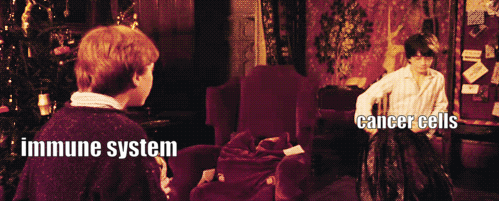
Enter a clinical trial that Cancer Research Malaysia and the Clinical Investigation Centre of University Malaya Medical Centre recently started: the AUROR trial. It’s a fitting name not just because the principal scientist is a huge fan of Harry Potter, but also because this treatment strips the invisibility cloak off of the cancer cells so that they can’t hide from your immune system anymore.
This treatment is also more likely to benefit Asians. Remember that gene variant we talked about earlier? Because of that specific gene variant, we’re also more likely to respond to this targeted treatment. Considering that we’ve been fighting breast cancer with treatments more suited for Caucasians, the AUROR trial is a huge step in finding new treatments that are more effective for Asian cancers.
Besides that, Cancer Research Malaysia has also developed another vaccine on oral cancer. Oral cancer is another type of cancer that mainly affects Asians. We’ve covered this vaccine in our other article, but basically, it works like a regular vaccine, except for cancer. Right now, they’re still waiting for the vaccine to go through human trials, but to think that a Malaysian cancer research body is coming up with so many weapons the Asian world can use against cancer is simply amazing.
“If we don’t exist, these sorts of research would not be done – simply because research and clinical trials cost millions, and the larger amount of research is going into Western countries, despite cancer being a worldwide issue.” – Prof Datin Paduka Dr Teo Soo Hwang, to Cilisos.
However, we should also note that…
2020 was Cancer Research Malaysia’s most successful year, but also its most challenging…
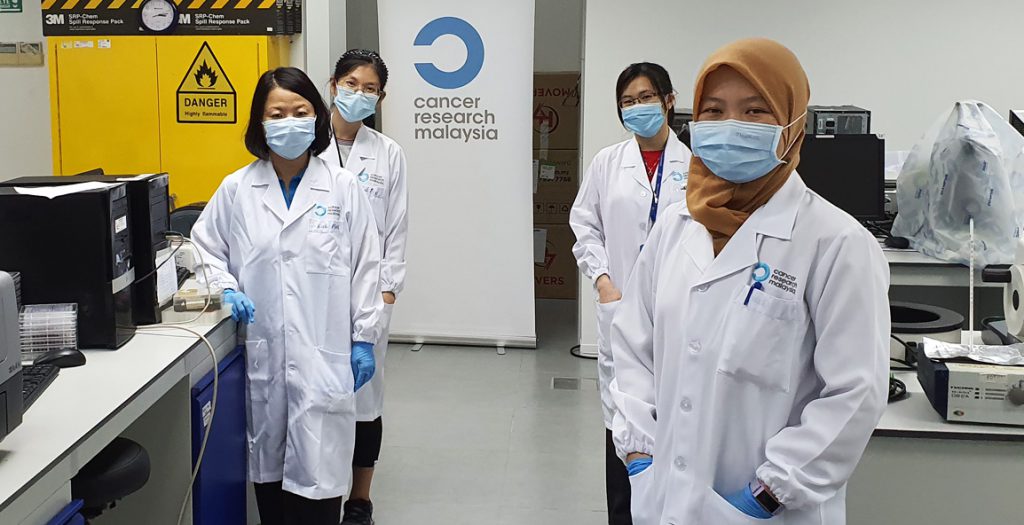
Despite a challenging 2020 *shudders*, Cancer Research Malaysia had managed to put Malaysia on the world’s cancer research map. Two of their studies managed to get published in the prestigious Nature Communications journal. Apparently, not many Malaysian groups made it into the journal, and Cancer Research Malaysia did it twice in one year!
But while Cancer Research Malaysia have no shortages in findings, they’ve been having trouble with funding. See, Cancer Research Malaysia keeps itself going with the help of sponsors. They have core donors like Yayasan Sime Darby, Yayasan PETRONAS and others who help them keep the lights on, and small donations from the public help them push forward with new ideas and research. However, in 2020, small donations are down by 90%.
So we’ll get to the point – we’re trying to get people to help Cancer Research Malaysia stay alive. And you don’t have to be some philanthropic billionaire to do so: Cancer Research UK managed to keep itself going through millions of normal, everyday people, contributing a small amount each year. We’d like to believe Malaysians can do that too, so if you support what these local scientists are doing, do consider donating from as low as RM10 a month to Cancer Research Malaysia. You can check out this link for more details.

Sending over RM10 a month might not put a huge dent in your wallet, but it might do enough in helping these hardworking scientists bring about better ways for Asians to detect cancers early, and a better chance of surviving those cancers. And it will hopefully one day make cancer about as scary as having high cholesterol for most people.
“Cancer is a tricky opponent, and you need all the information to be able to beat it… We need Malaysians to know about it, and to help us continue the work that we’re doing.” – Prof Datin Paduka Dr Teo Soo Hwang, to Cilisos.
- 2.4KShares
- Facebook2.3K
- Twitter36
- LinkedIn17
- Email23
- WhatsApp86

